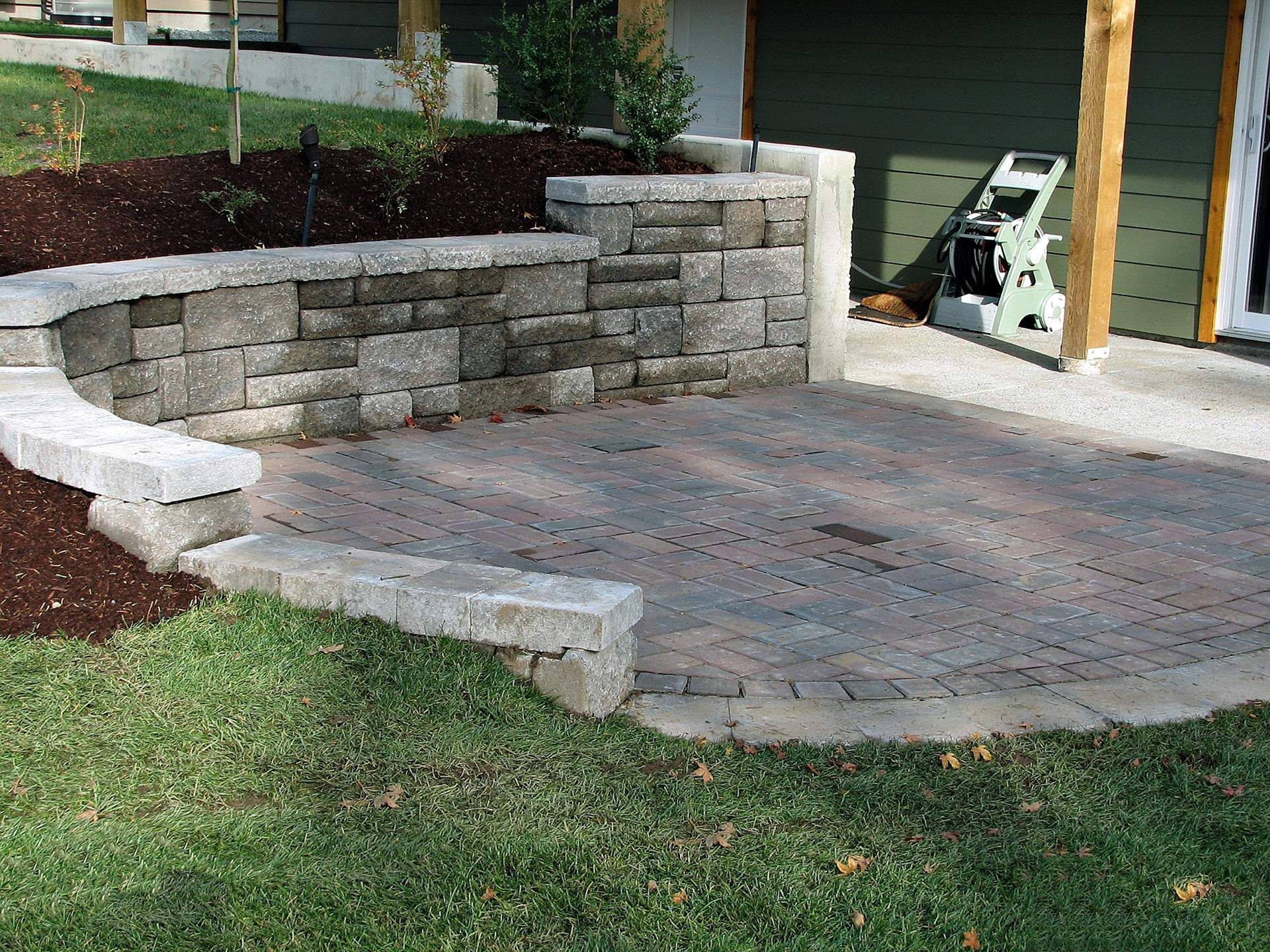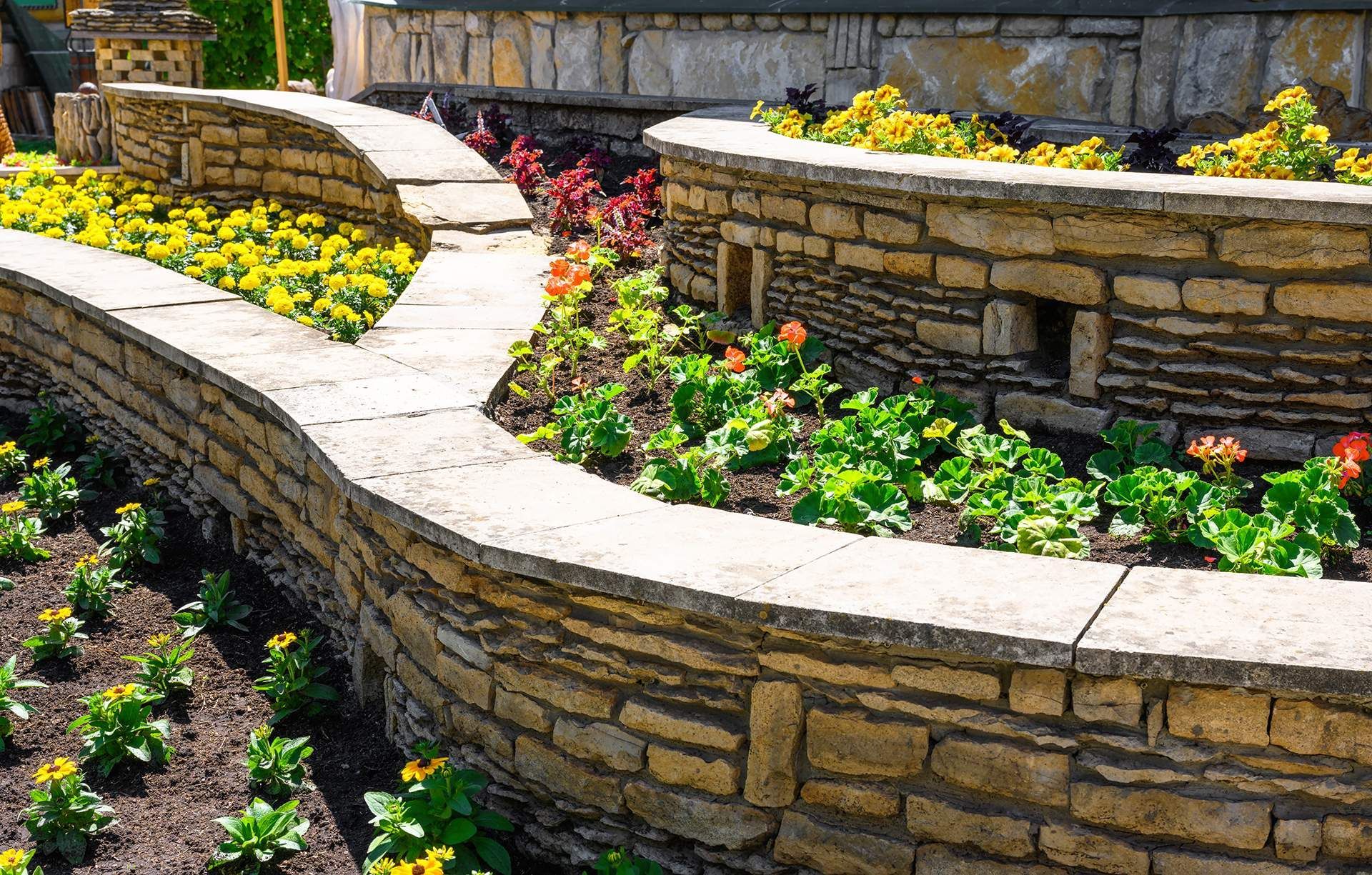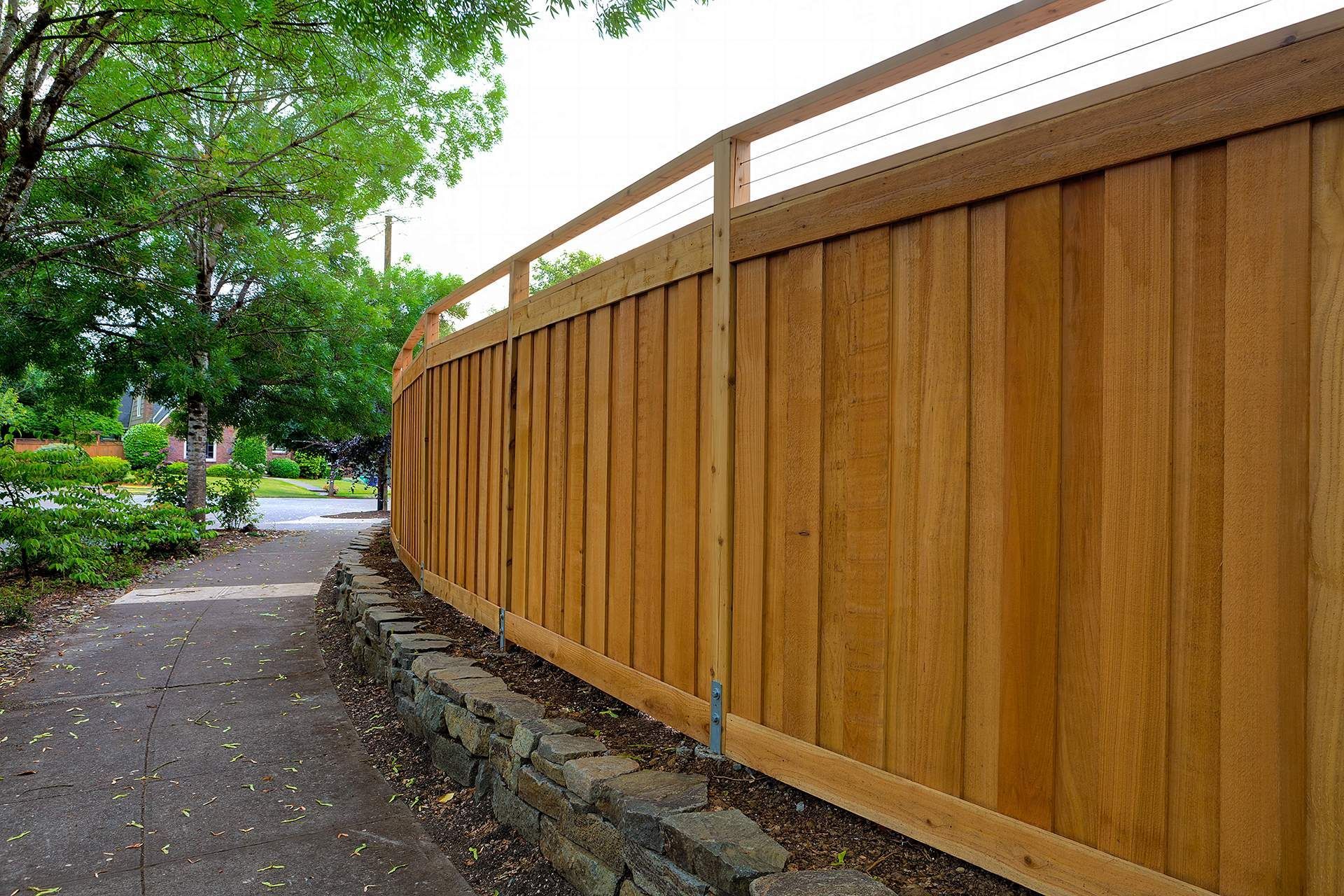Retaining Wall in Atlanta GA
Local Retaining Wall Installers in Atlanta, GA
At D R Excavation, we offer a variety of retaining wall installation services to the local area. We have a team of experienced professionals who are skilled in both the construction and the installation of retaining walls.
We offer a variety of different materials to choose from, including bricks, stone, concrete, and wood.
We also offer a variety of different styles to choose from, including traditional, contemporary, and rustic.
We can work with you to create a custom design that will complement your home or business.
Contact us today to schedule a free consultation.
D R Excavation Atlanta
1100 Peachtree St NE Suite 200, Atlanta, GA 30309
Retaining Wall in Atlanta, GA
D R Excavation in Atlanta GA is a company of excavation contractors who love the outdoors and are passionate about their retaining wall work.
We have a wide range of experience in outdoor construction and take great pride in our ability to provide quality workmanship at a fair price.
Our services include but are not limited to: dirt work, site prep, backfill, grading, excavating, storm water drainage, and more.
What We Offer
Our retaining wall service revolves around four main points of focus: the size of the wall, the materials used, the location of the wall and the design elements of the wall. We believe that by addressing these four points, we can provide our clients with the best possible service and the most beautiful and functional retaining walls.
Our Process
We build a variety of different types of retaining walls in Atlanta, including cantilevered, gabion, and buttressed walls. Each type of wall has its own advantages and disadvantages that should be considered before construction begins. All types of retaining walls can be used to effectively control soil erosion. The best solution for your project will depend on the specific conditions at your site.
Our Building Materials
In Atlanta GA, we build retaining walls from a variety of different materials. The most common material is concrete, but we also use stone, brick, and wood. Each material has its own advantages and disadvantages. Concrete is the most durable, but it is also the most expensive. Stone is less expensive, but it is not as strong as concrete. Brick is a good compromise between strength and cost, but it is not as easy to work with as stone or concrete. Wood is the cheapest option, but it is also the least durable. Ultimately, the best choice of material depends on the specific needs of the project.
Who We Are
D R Excavation in Atlanta GA is a family owned and operated company. Our company is made up of excavating contractors that care about our customers and their needs.
We have been in business for over 25 years and have the experience and equipment to handle any job, big or small.
We are licensed and insured, and our rates are very competitive. We offer a variety of services, including site clearing, tree removal, stump grinding, demolition, and much more.
We also offer a free consultation to help you determine what services you need.
Licensed & Insured
When you are planning a landscaping or home improvement project that will involve a retaining wall, it's important to make sure that the contractor you hire is licensed and insured. That's because a retaining wall is a critical element of your property's infrastructure, and you want to be sure that it's installed correctly.
Our team at D R Excavation only works with contractors who are licensed and insured, so you can be confident that your project will be done right.
In addition, our contractors are experienced in working with a variety of materials, from natural stone to concrete block. As a result, we can help you select the right type of retaining wall for your needs and budget. Contact us today to learn more about our services.
FAQ's About Retaining Walls
"We highly recommend their services to anyone looking for top-notch excavation work. Thank you, D R Excavation!"
- Susan Sherman
“Grateful to D R Excavation for the great job they did on our project. They were professional, and did a great job cleaning up afterwards. We couldn't have asked for more!"
- Ed Schultz
“They did an amazing job and we couldn't have done it without them."
- Gary @ Custom Dream Homes
Why Should You Work With Us?
20+
Years of Experience
300+
Successful Excavation Projects
35+
Trained Professionals - and Growing!
Contact Us Today For A Free Quote
Our company has years of experience in excavating all sorts of land, from small residential properties to large commercial ones. We have the equipment and manpower to get the job done quickly and efficiently. Contact us today to get started on your project!



